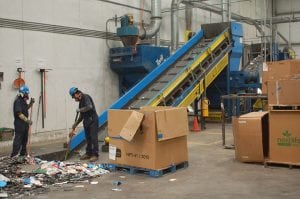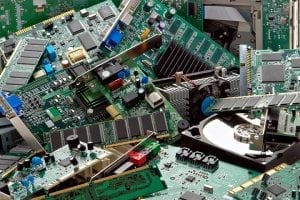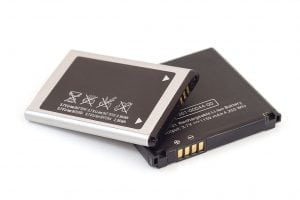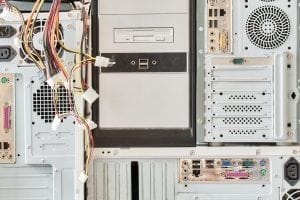 A CRT recycling company owner has asked a judge to withdraw his plea of guilty to federal criminal charges.
A CRT recycling company owner has asked a judge to withdraw his plea of guilty to federal criminal charges.

 A CRT recycling company owner has asked a judge to withdraw his plea of guilty to federal criminal charges.
A CRT recycling company owner has asked a judge to withdraw his plea of guilty to federal criminal charges.

Ana-Maria Stoian-Chu
As the calendar inches closer to this year’s E-Scrap Conference, we’re taking a look at one of the experts who will take the stage in New Orleans.
 Federal prosecutors allege a computer repair and refurbishment company owner defrauded a government program to obtain numerous used devices over a decade.
Federal prosecutors allege a computer repair and refurbishment company owner defrauded a government program to obtain numerous used devices over a decade.
 A cable services provider is the latest company to sign a multi-million-dollar agreement to settle allegations of improper e-scrap disposal in California.
A cable services provider is the latest company to sign a multi-million-dollar agreement to settle allegations of improper e-scrap disposal in California.

ERI’s Plainfield, Ind. facility
ERI’s Indiana location is the company’s largest facility, and company leaders say it’s also the largest e-scrap processing plant in the world.
 Last month, readers were most drawn to articles about the closure of ECS Refining, although they also read news about health risks for e-scrap workers and CRT disposal criminal charges.
Last month, readers were most drawn to articles about the closure of ECS Refining, although they also read news about health risks for e-scrap workers and CRT disposal criminal charges.
Assured Document Destruction of Las Vegas and ER of Badin, N.C. have achieved NAID certifications for physical destruction of hard drives.
Midwest Copier Exchange, a division of the ARCOA Group, achieved ISO 9001:2015 certification for its corporate office and distribution center in Waukegan, Ill.
R.A.K.I. Computers Recycling of Houston has renewed its R2:2013, OHSAS 18001:2007 and ISO 14001:2015 certifications.
Visit our archive to view previous editions of the scorecard.
 IMS Electronics Recycling has changed hands, and its former owner, CP Group, has exited the e-scrap processing sector.
IMS Electronics Recycling has changed hands, and its former owner, CP Group, has exited the e-scrap processing sector.

Global e-scrap flows have helped China dominate lithium-ion battery recycling but have hampered similar efforts in North America, according to a recently published report.
 The national recycling rate for consumer electronics has fallen 2 percentage points, according to U.S. EPA estimates.
The national recycling rate for consumer electronics has fallen 2 percentage points, according to U.S. EPA estimates.
